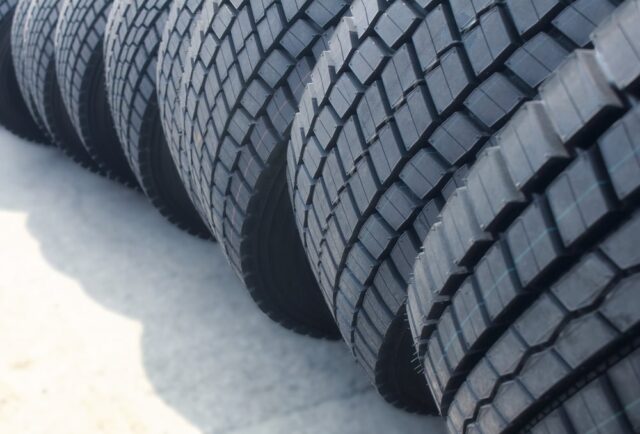When searching for ways to save money on vehicle expenses, used tires are often a tempting choice. The lower price is attractive, especially for those trying to reduce costs. But beyond the savings, a key question remains: are they safe? For those who prioritize safety in every aspect of their life, evaluating this decision becomes crucial.
Choosing tires isn’t just about the upfront cost. It’s about the bigger picture, including potential risks. There’s much to consider before deciding whether the financial savings are worth the potential drawbacks.
Key Points:
- Used tires offer lower prices but might bring hidden issues.
- Tread wear directly impacts the safety of your vehicle.
- Structural damage in used tires can be hard to spot.
- Lifespan and reliability decrease with used tires.
- New tires offer better warranties and assurance.
Why Consider Used Tires?
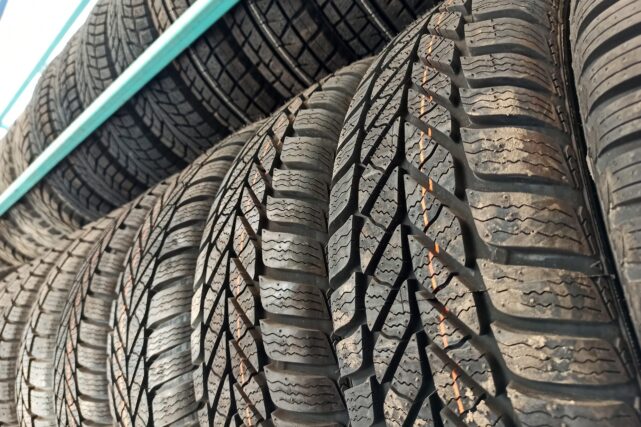
The main appeal of used tires lies in the savings. For many, cutting the cost by half or more seems like a no-brainer, especially if the vehicle isn’t intended for long-term use. People who don’t drive often or those planning to sell their car soon might think they can get away with spending less.
However, it’s important to look for reputable suppliers who provide quality. For example, St. Catharines tires strike a balance between affordability and safety, so if you are in the area make sure to check them out. If you’re set on buying used tires, working with a reputable seller makes all the difference in ensuring a safer experience.
The Risks Involved
Some might think a quick look at the tires is enough to decide if they’re in good shape. Unfortunately, not all problems are visible to the naked eye. Issues like internal damage or weakened structural integrity can occur even when the tread looks fine. Many used wheels have already experienced the wear and tear of road life, making them more prone to blowouts or other issues.
For those who value peace of mind, new tires are built with strict standards and undergo rigorous testing before hitting the market. Used options, on the other hand, may carry hidden risks that could compromise your safety.
Tread and Performance
Tread wear is another factor that heavily impacts performance. The depth of the tread plays a major role in how well the tire grips the road. When tires are worn, their ability to handle wet, icy, or uneven surfaces diminishes. This can affect stopping distances, handling, and overall control of the vehicle.
New tires, fresh from the manufacturer, give you the maximum possible tread depth. With them, you can drive confidently, knowing that performance won’t degrade as quickly as it would with used tires.
Durability and Lifespan
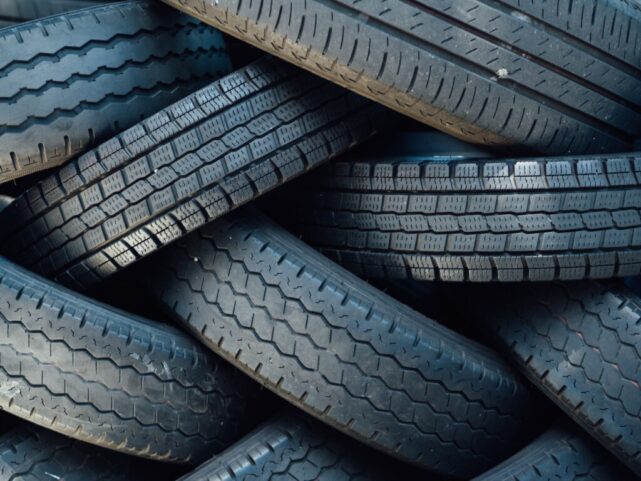
The lifespan of wheels varies depending on usage, environmental exposure, and age. Used ones have already gone through a portion of their lifespan, meaning they’ll wear out sooner. While they may save you money initially, their durability is often compromised, leading to frequent replacements.
New come with warranties that offer additional protection. When you buy them, you know they haven’t experienced any prior damage, and you can expect them to last for years under normal driving conditions. Used tires lack that guarantee, leaving you to wonder how long they’ll last before another costly replacement is needed.
Environmental Considerations
Some people choose used tires thinking they are doing something good for the environment. Reusing products instead of throwing them away is an important part of sustainability. However, used tires might end up being less fuel-efficient, increasing your carbon footprint over time.
Newer tire designs focus on reducing rolling resistance, which leads to better fuel efficiency. Over time, the fuel savings could make a noticeable difference. The upfront cost might be higher, but the reduction in fuel use helps offset the price of new tires.
Legal and Insurance Implications
Depending on where you live, driving with wheels that don’t meet safety standards could result in fines or legal consequences. Worse yet, if an accident happens, the insurance company may deny coverage if it’s found that the tires didn’t meet legal requirements.
Used tires might be more likely to fall below those standards, putting you at risk. On the other hand, buying new tires ensures that they meet safety regulations, protecting you from legal issues and keeping your insurance intact.
Are the Savings Really Worth It?
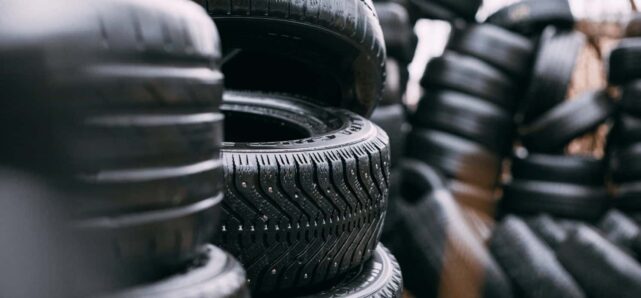
Used tires might seem like an easy way to save money at first glance, but the long-term costs are often overlooked. They might require more frequent replacements, risk increased fuel consumption, and jeopardize your safety.
New ones come with the benefit of warranties and predictable performance. Though they cost more upfront, the overall value in terms of safety and long-term savings far outweighs the initial expense. Used come with too many unknowns that could lead to costly outcomes down the road.
The Value of Safety
Safety is the most critical factor when it comes to making decisions about your vehicle, and tires play a huge role in that. When you know that your tires are in optimal condition, it provides an extra layer of confidence as you drive.
New ones, free from wear and internal damage, give you that peace of mind, knowing they haven’t been previously compromised. Whether you’re driving on a rainy highway or navigating through snow, they will provide the grip and reliability needed to keep you safe in unpredictable conditions.
Used tires might seem like a cost-effective solution, especially for those who only need a temporary fix or don’t drive often. However, they cannot offer the same level of trust as new ones.
With used tires, you’re dealing with an unknown history that may include prior damage, wear, or even improper storage.
This unpredictability puts your safety at risk every time you drive, as used can’t guarantee the same level of performance, especially in challenging weather or emergency situations.
Conclusion: The Smarter Investment
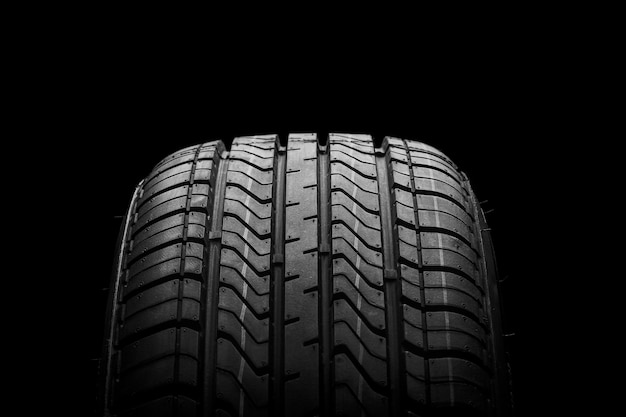
When you consider the risks and benefits, it becomes clear that used tires might not be the best choice for most drivers. They offer savings upfront, but those savings come with potential downsides like reduced safety, shorter lifespan, and unknown history.
New tires, though more expensive, provide the confidence of knowing your vehicle is equipped with safe, high-quality parts. For anyone who prioritizes safety and long-term value, investing in new ones is the better choice. Used ones may save a bit of money today, but the risks often outweigh the reward.

